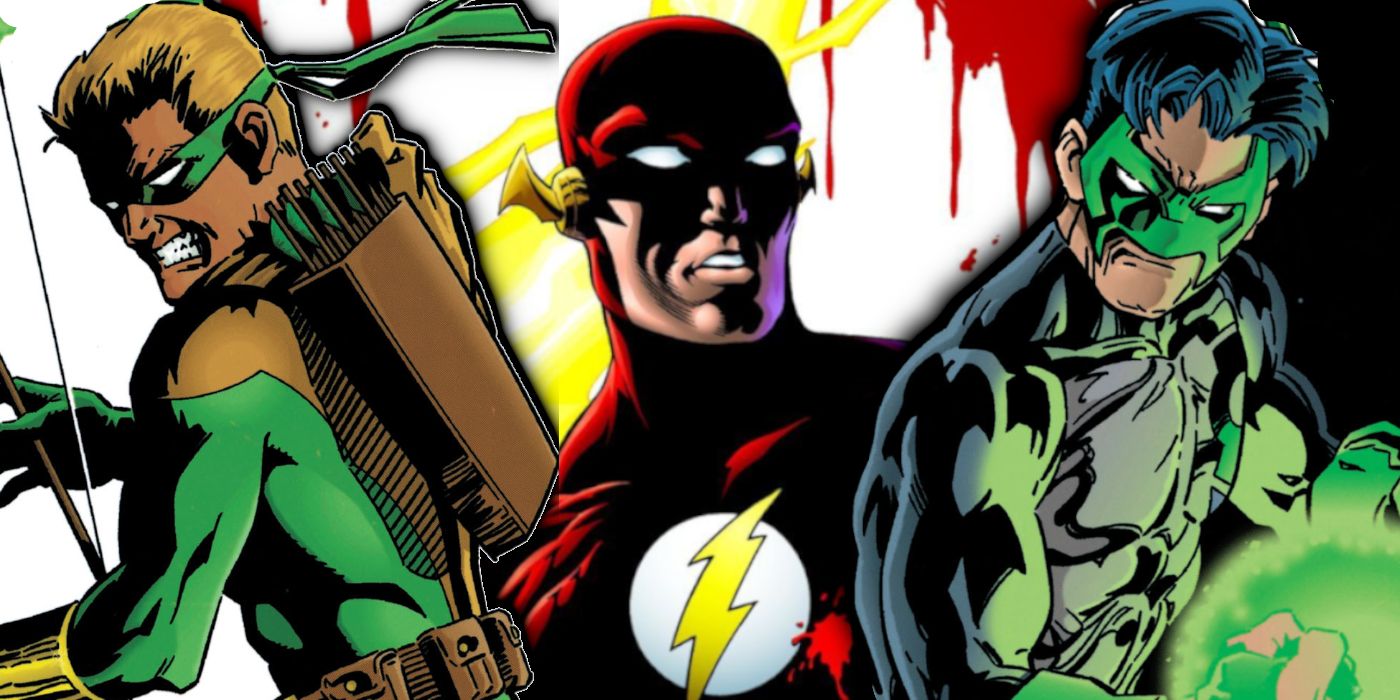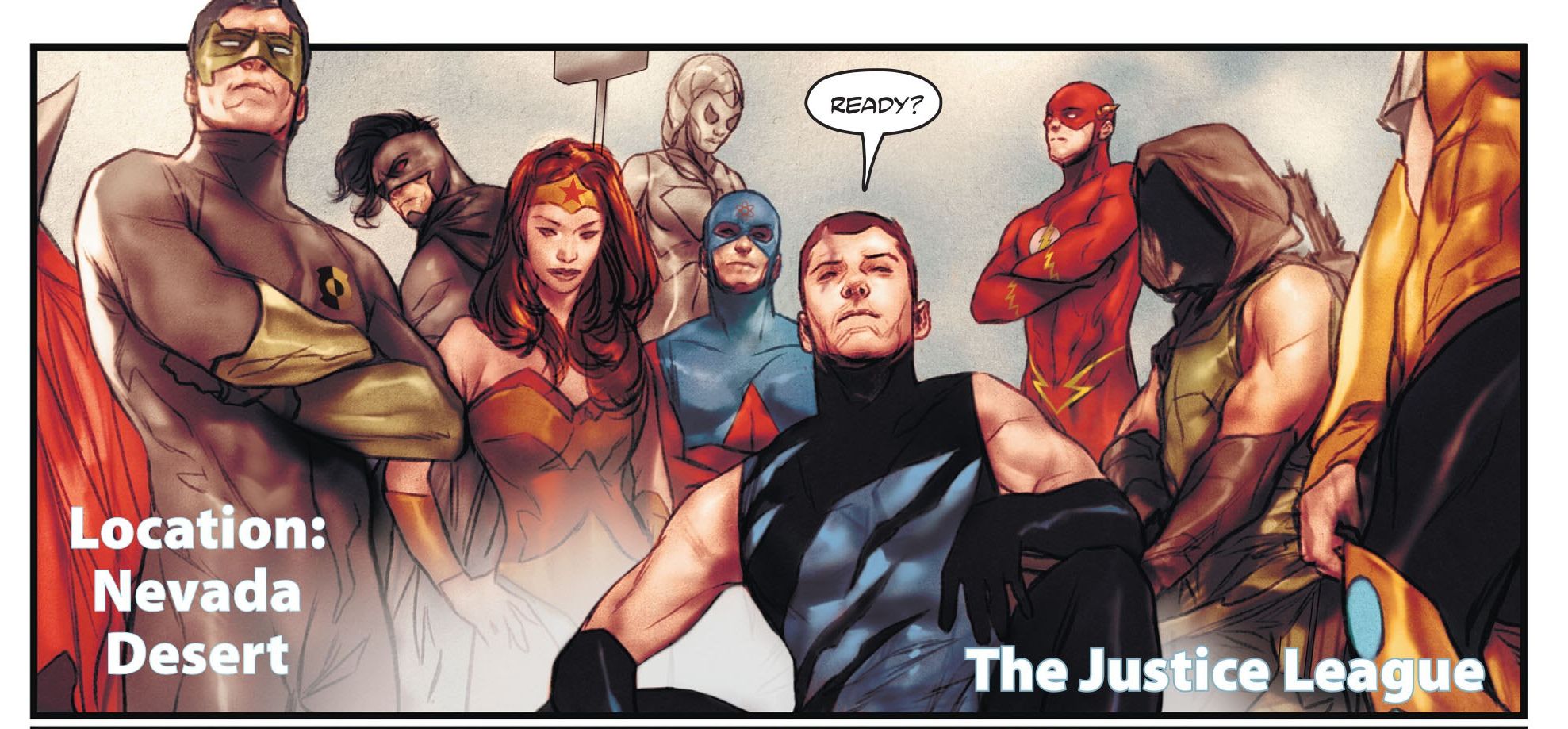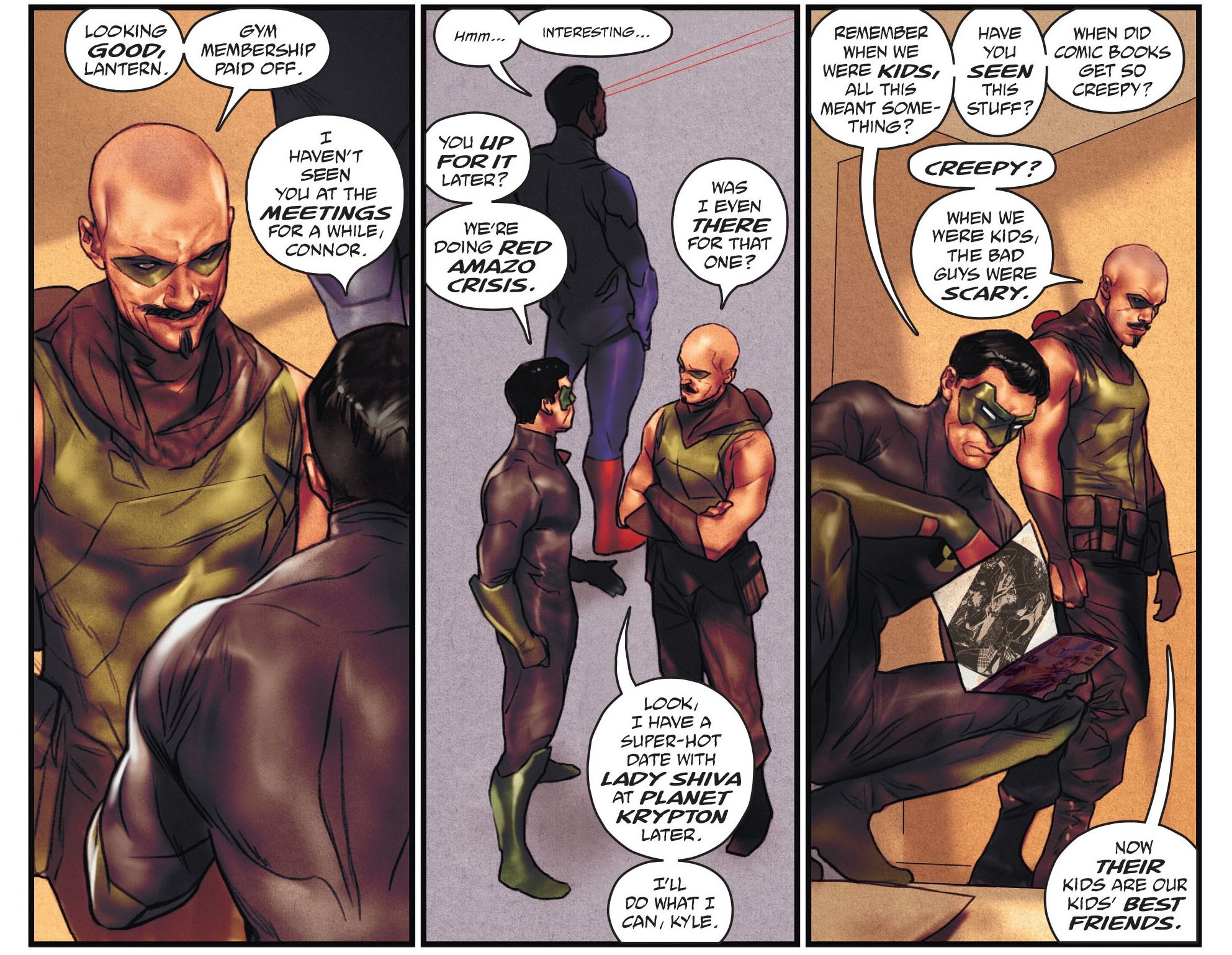One thing that distinguishes the heroes of the DC Universe from other superhero universes is the legacy aspect to many of its characters, with each era in comic book history featuring its own version of DC’s classic heroes. Yet according to writer Grant Morrison, these legacy heroes of the 1990s have been left behind, slowly fading into the background of the larger DCU.
In the Golden Age of comics, DC introduced several heroes such as Green Lantern and the Flash, many of whom would become fixtures of the publisher's burgeoning shared universe. Yet, outside of stalwarts like Superman, Batman and Wonder Woman, the popularity of many of these heroes faded in the years following World War II. The late '50s saw another change however, when the Barry Allen version of the Flash made his debut in Showcase #4, replacing the Golden Age Flash Jay Garrick and more or less kick-starting the Silver Age of comics. Many of the classic Golden Age characters got a complete revamp, such as Hal Jordan taking on the mantle of Green Lantern. These Silver Age heroes ruled the roost until the late '80s and early '90s, when DC seemed ready to usher in a new age of heroes. Barry Allen and Hal Jordan were phased out, replaced by younger characters Wally West and Kyle Rayner. It seemed to be the natural evolution of the DCU fanbase: their grandparents had a Green Lantern, their parents had a Green Lantern and now this new generation of kids could have a Green Lantern that was all their own.
Except... that wasn’t quite how things played out. Although Kyle Rayner became the de facto Green Lantern in the DCU in 1994, ten years later Hal Jordan took back the name. Shortly thereafter, Barry Allen returned to being the Flash, pushing Wally West off to the side. One by one, the Silver Age heroes slowly made their comeback, usurping the '90s heroes and leaving them without a place in the larger DCU. In Grant Morrison’s recent annotations to their seminal series The Multiversity, the writer muses on this “Lost Generation” of DC heroes, and discusses how they wanted to use them in the third issue of the crossover, The Just. Written by Morrison and with art by Ben Oliver, the story depicts a world in which the superheroes have effectively solved all of humanity’s problems, with their bored and disaffected children now operating as celebrity superheroes in a "perfect" world.
The '90s DC Heroes Should Have Replaced Their Silver Age Counterparts
“I wanted to do something with the new generation of DC heroes that was created in the 1990s, at a time of innovation and experimentation,” says Morrison, opining on how this new generation should have replaced their Silver Age counterparts, but that “a growing Silver Age nostalgia and a desire to reinstate old ‘classic’ favourites for an aging audience” eventually won out. It’s a disappointing thought for '90s kids, but it does ring with a certain degree of truth. Many kids stopped reading comics altogether during that decade, thanks in large part to stories aimed at older audiences and growing competition from more elaborate and immersive video games.
With The Just, Morrison and Oliver certainly capture the ennui of a younger generation of heroes left behind, frustrated at their lack of relevance in a world that doesn’t need them. Says Morrison: “This left many of the ‘90s new generation of characters without a direction and I wanted to explore that feeling – the grown-up Teen Titans inherited a future with no room for them!” Thanks to writers like Grant Morrison, the DC Universe heroes of the 1990s are kept alive, even if they are a “Lost Generation.”
Source: Grant Morrison’s Substack



